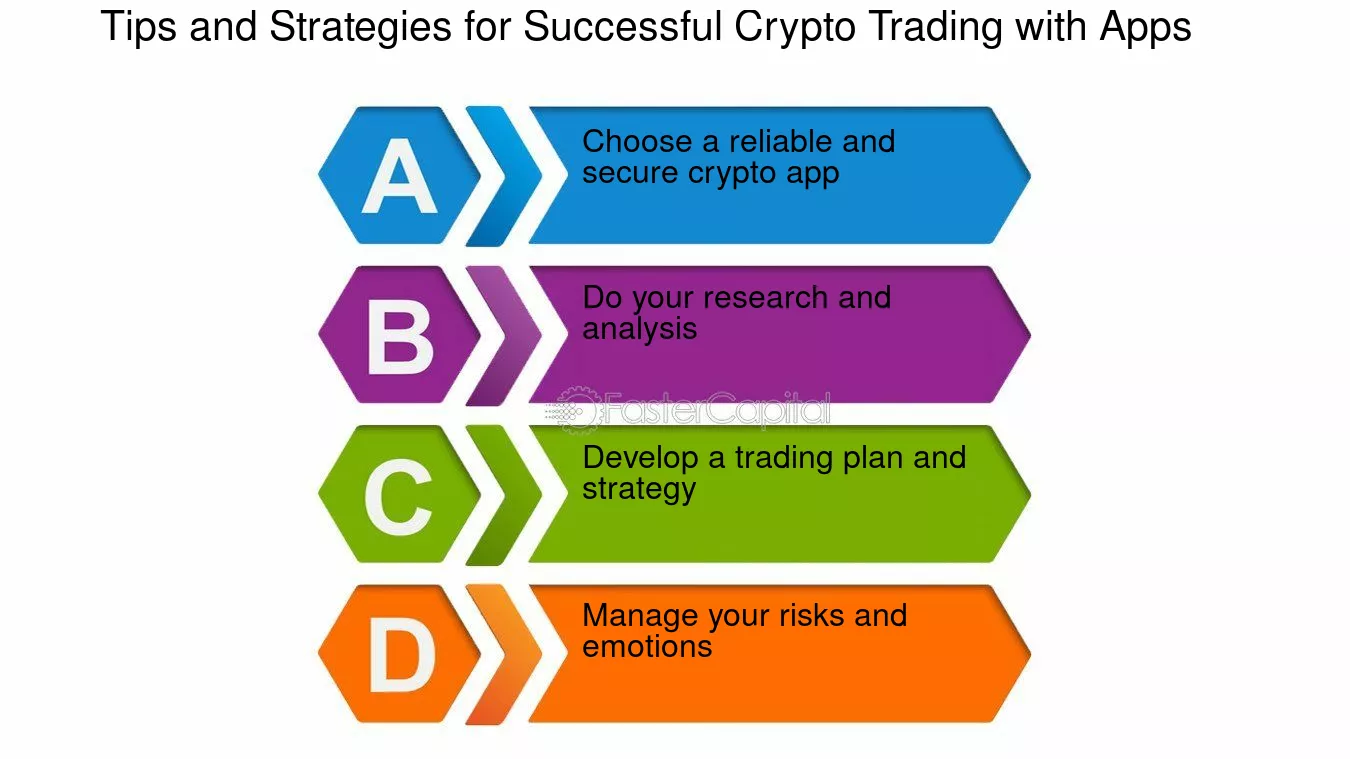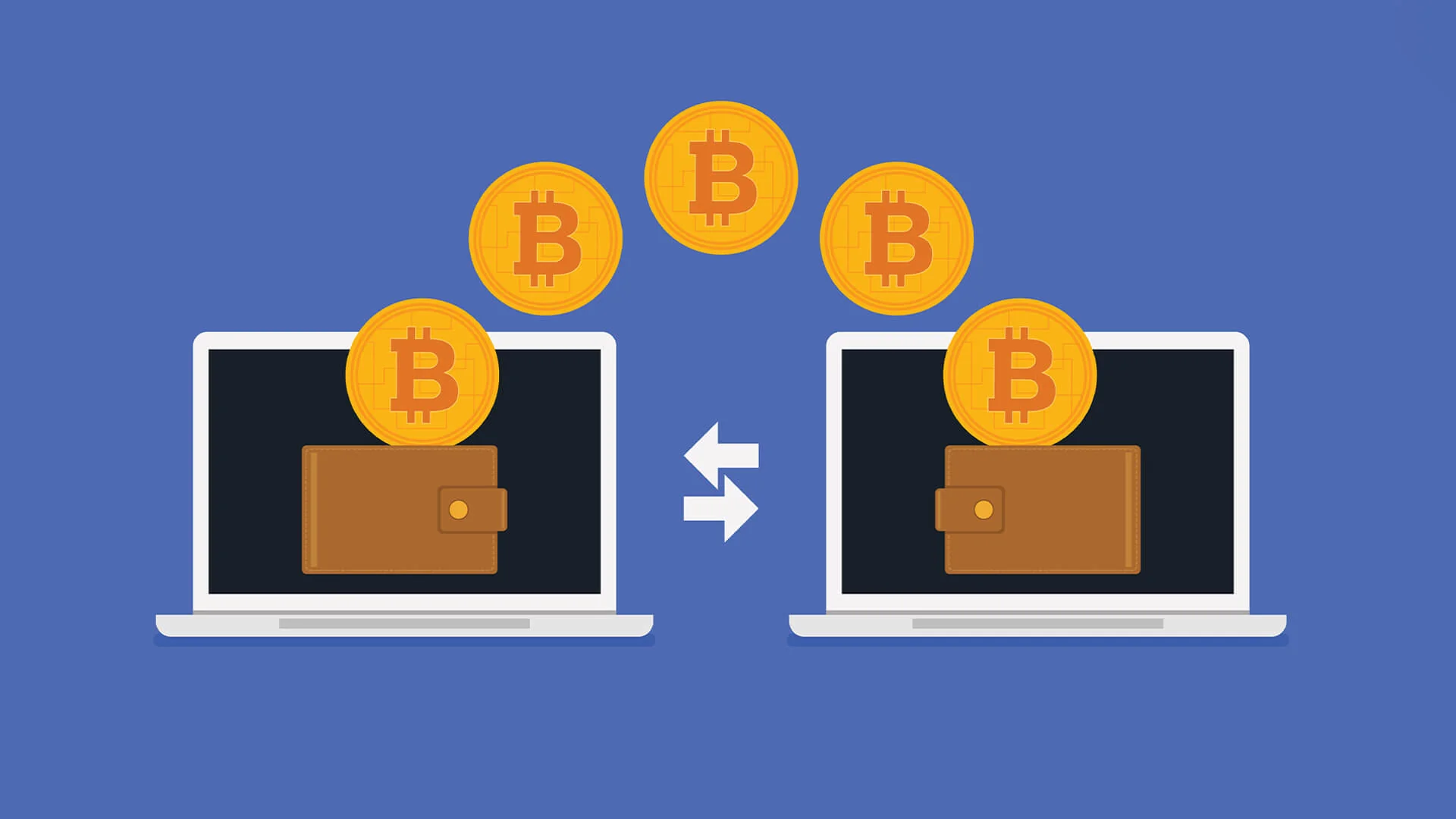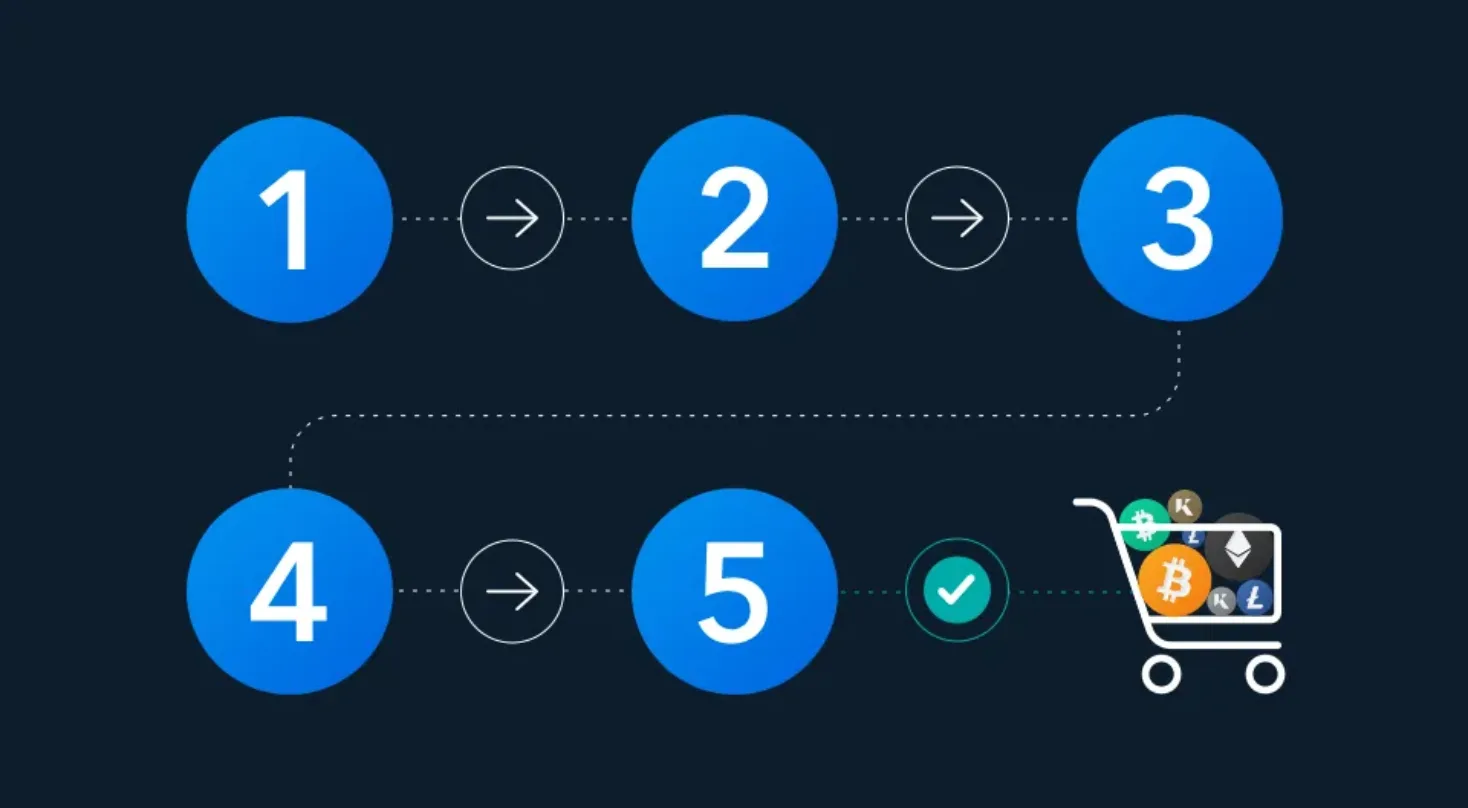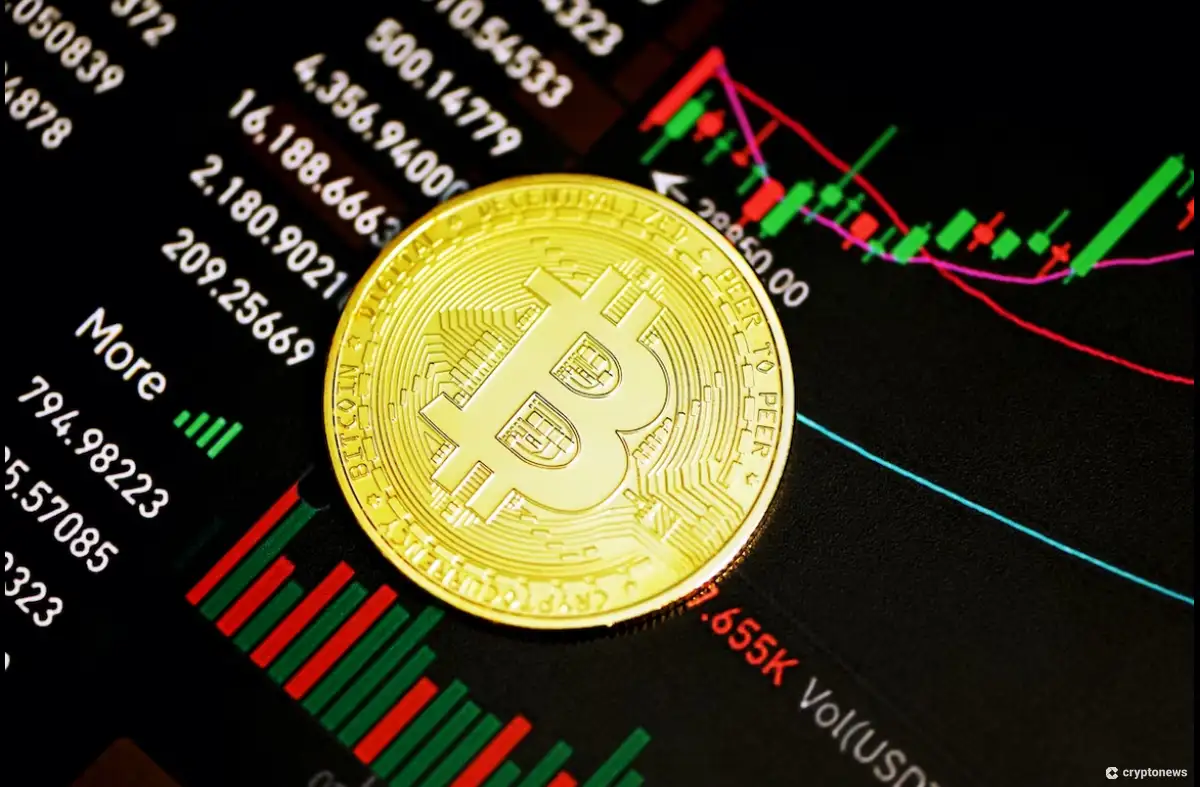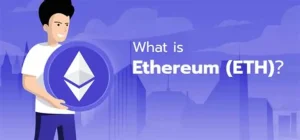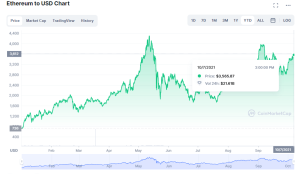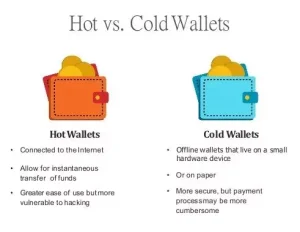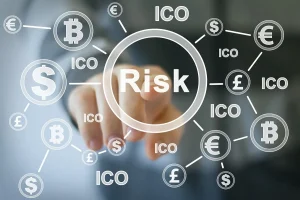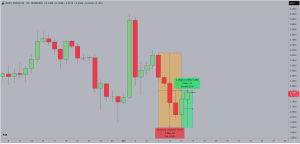Your First 30 Days in Virtual asset: What to Do and What to Avoid
Entering the world of Virtual assetcurrency can be both exciting and overwhelming. As of August 3, 2025, with BitCurrency (BTC) trading between $50,000 and $80,000 and ETH (ETH) targeting $4,000–$6,000, the Virtual asset market offers immense opportunities but also significant Hazards.
For beginners, the first 30 days are critical for building a strong foundation while avoiding common pitfalls. This article provides a step-by-step guide on what to do and what to avoid during your first month in Virtual asset, helping you navigate this dynamic space with confidence and caution.
What to Do in Your First 30 Days
Week 1: Learn the Basics
Objective: Understand Virtual assetcurrency and blockchain fundamentals to make informed decisions.
-
Study Key Concepts: Learn about blockchain, wallets, private/public keys, and Platforms. Resources like Binance Academy, CurrencyDesk, or Mastering BitCurrency by Andreas Antonopoulos are excellent starting points.
-
Follow Market News: Stay updated on trends via reputable sources like CurrencyDesk, Currencytelegraph, or X communities (e.g., #BitCurrency, #ETH). Avoid unverified hype.
-
Set Goals: Decide why you’re entering Virtual asset—long-term investment, trading, or exploring Decentralized finance/NFTs. This guides your strategy.
-
Action: Spend 5–10 hours reading beginner guides and watching educational videos. Join a Virtual asset subreddit like r/Virtual assetcurrency for community insights.
Week 2: Set Up Your Tools
Objective: Establish a secure and reliable setup for buying and storing Virtual asset.
-
Choose a Wallet:
-
Hot Wallet: Use MetaMask or Trust Wallet for small amounts and Decentralized finance/NFT interactions.
-
Cold Wallet: Consider a hardware wallet like Ledger Nano X or Trezor for larger sums.
-
Record the seed phrase offline (e.g., on paper or metal) and store it in a secure location (e.g., a safe).
-
-
Select an Platform: Sign up for a reputable platform like Currencybase, Binance, or Kraken. Complete KYC verification and enable 2FA with an authenticator app (not SMS).
-
Test with Small Amounts: Buy $10–$50 of BitCurrency or ETH to familiarize yourself with the process.
-
Action: Set up a MetaMask wallet and buy $20 of ETH on Currencybase. Transfer it to your wallet and back up the seed phrase securely.
Week 3: Make Your First Investment
Objective: Start investing cautiously with a disciplined strategy.
-
Choose a Virtual asset: Focus on established Currencys like BitCurrency (store of value) or ETH (Decentralized finance/NFT utility) to minimize Hazard.
-
Use Dollar-Cost Averaging (DCA): Invest a fixed amount (e.g., $50 weekly) to reduce the impact of volatility. For example, BitCurrency’s price swings from $17,000 in 2022 to $107,411 in 2024 highlight the need for DCA.
-
Budget Wisely: Only invest disposable income, allocating 1–5% of your portfolio to Virtual asset.
-
Track Transactions: Record purchases for tax purposes, as Virtual asset gains are taxable in many countries.
-
Action: Set up a $50 weekly DCA plan for BitCurrency on Binance. Keep a spreadsheet of your transactions.
Week 4: Build Knowledge and Habits
Objective: Deepen your understanding and establish long-term habits.
-
Explore Use Cases: Try sending Virtual asset to another wallet, staking ETH, or buying a small NFT to understand practical applications.
-
Monitor Your Portfolio: Use apps like CurrencyGecko or Blockfolio to track prices and performance.
-
Join Communities: Engage with Virtual asset communities on X, Discord, or Reddit, but verify information independently.
-
Learn Basic Analysis: Study simple technical indicators (e.g., moving averages) or on-chain metrics (e.g., active addresses) to understand market trends.
-
Action: Stake $20 of ETH on a platform like Lido, track your portfolio, and follow a trusted X account like @VitalikButerin for ETH updates.
What to Avoid in Your First 30 Days
1. Chasing Hype and FOMO
Mistake: Buying Currencys during price surges driven by X posts or influencer hype (e.g., meme Currencys like SNORT). Why It’s a Problem: Purchasing at peaks often leads to losses during corrections, as seen in the 2022 crash when many altCurrencys dropped over 80%. How to Avoid:
-
Ignore “to the moon” claims or #Virtual asset hashtags promising quick profits.
-
Research projects thoroughly, focusing on fundamentals (team, use case, technology).
-
Stick to your DCA plan and avoid impulsive buys.
2. Neglecting Security
Mistake: Failing to secure wallets, private keys, or Platform accounts, or leaving funds on Platforms. Why It’s a Problem: Hacks (e.g., Mt. Gox in 2014) and phishing scams have cost billions. Lost private keys mean permanent fund loss. How to Avoid:
-
Store seed phrases offline in multiple secure locations (e.g., a safe, bank vault).
-
Use 2FA with authenticator apps for all accounts.
-
Step significant holdings ($500+) to a hardware wallet.
-
Verify wallet apps and Platform URLs to avoid phishing.
3. Overinvesting
Mistake: Investing more than you can afford or using borrowed funds (e.g., margin trading). Why It’s a Problem: Virtual asset’s volatility can wipe out overexposed portfolios, and leverage amplifies losses. How to Avoid:
-
Invest only disposable income, keeping Virtual asset as a small portfolio portion.
-
Avoid loans or credit for Virtual asset purchases.
-
Set a strict budget and stick to it.
4. Falling for Scams
Mistake: Investing in fraudulent projects, Ponzi schemes, or responding to “free Virtual asset” offers. Why It’s a Problem: Scams are rampant, with billions lost annually to rug pulls or fake ICOs. How to Avoid:
-
Research project legitimacy, avoiding anonymous teams or unaudited tokens.
-
Ignore unsolicited messages or links promising rewards.
-
Use trusted platforms like Currencybase or Kraken for purchases.
5. Trying to Time the Market
Mistake: Waiting for the “perfect” price to buy or sell, or trading impulsively based on short-term price Stepments. Why It’s a Problem: Timing the market is nearly impossible, leading to missed opportunities or losses. How to Avoid:
-
Use DCA to spread investments over time.
-
Focus on long-term fundamentals (e.g., BitCurrency’s halving cycles, ETH’s Decentralized finance growth).
-
Set clear entry/exit goals if trading, using stop-loss orders.
6. Ignoring Taxes and Regulations
Mistake: Failing to track transactions or understand tax obligations. Why It’s a Problem: Virtual asset gains are taxable in many countries, and non-compliance can lead to penalties. How to Avoid:
-
Keep detailed records of all transactions (date, amount, price).
-
Research tax laws in your country (e.g., IRS rules in the U.S.).
-
Use tools like CurrencyTracker or Koinly for tax reporting.
7. Panic Selling During Dips
Mistake: Selling assets during market downturns out of fear. Why It’s a Problem: Virtual asset markets recover after dips (e.g., BitCurrency’s rebound from $17,000 in 2022 to $50,000–$80,000 in 2025). How to Avoid:
-
Adopt a long-term perspective, holding assets with strong fundamentals.
-
Avoid checking prices obsessively; focus on project developments.
-
Use DCA to buy during dips, capitalizing on lower prices.
The Virtual asset Landscape in 2025
As of August 3, 2025, the Virtual asset market is maturing, with institutional Usage (e.g., BitCurrency ETFs) and Decentralized finance/NFT growth driving interest.
BitCurrency’s post-2024 halving Advance and ETH’s role in Web3 make them attractive for beginners. However, volatility, scams, and regulatory uncertainty remain challenges.
Your first 30 days are a chance to build a solid foundation while avoiding costly mistakes.
Additional Tips for Success
-
Start Small: Begin with $10–$50 to learn without significant Hazard.
-
Diversify Gradually: After mastering BitCurrency or ETH, explore stableCurrencys or altCurrencys like Solana.
-
Stay Curious: Take free courses on Coursera or Binance Academy to deepen your knowledge.
-
Be Patient: Virtual asset rewards long-term discipline over short-term speculation.
-
Network Safely: Engage with communities but avoid sharing personal details or keys.
